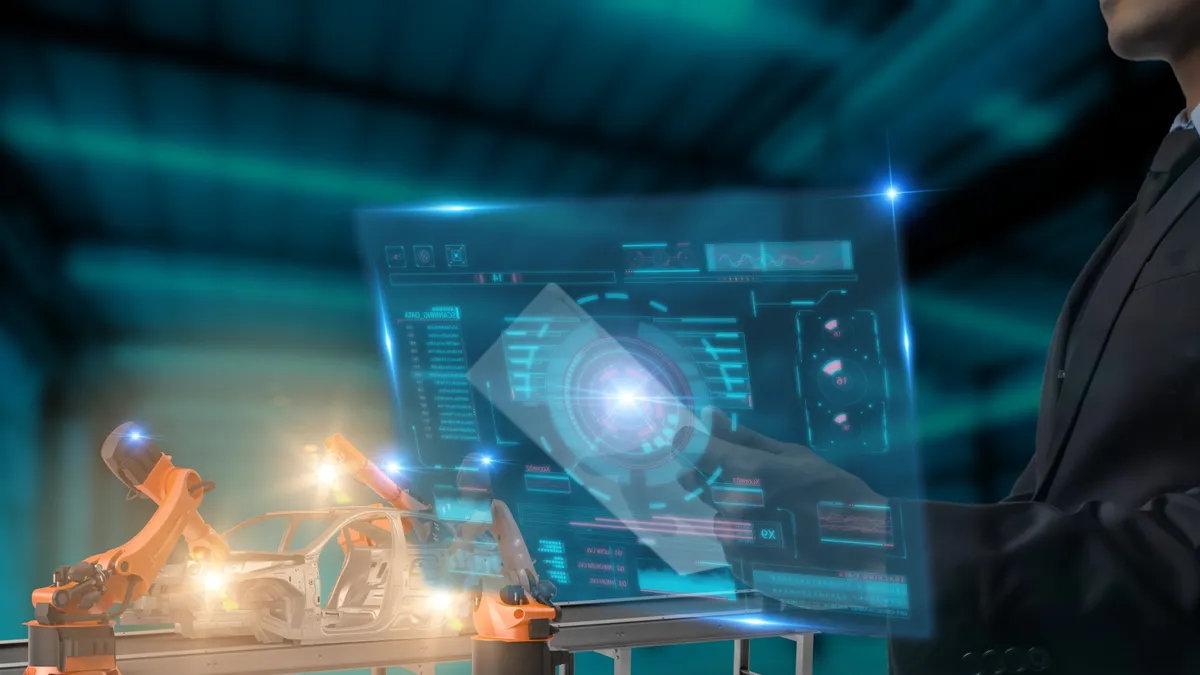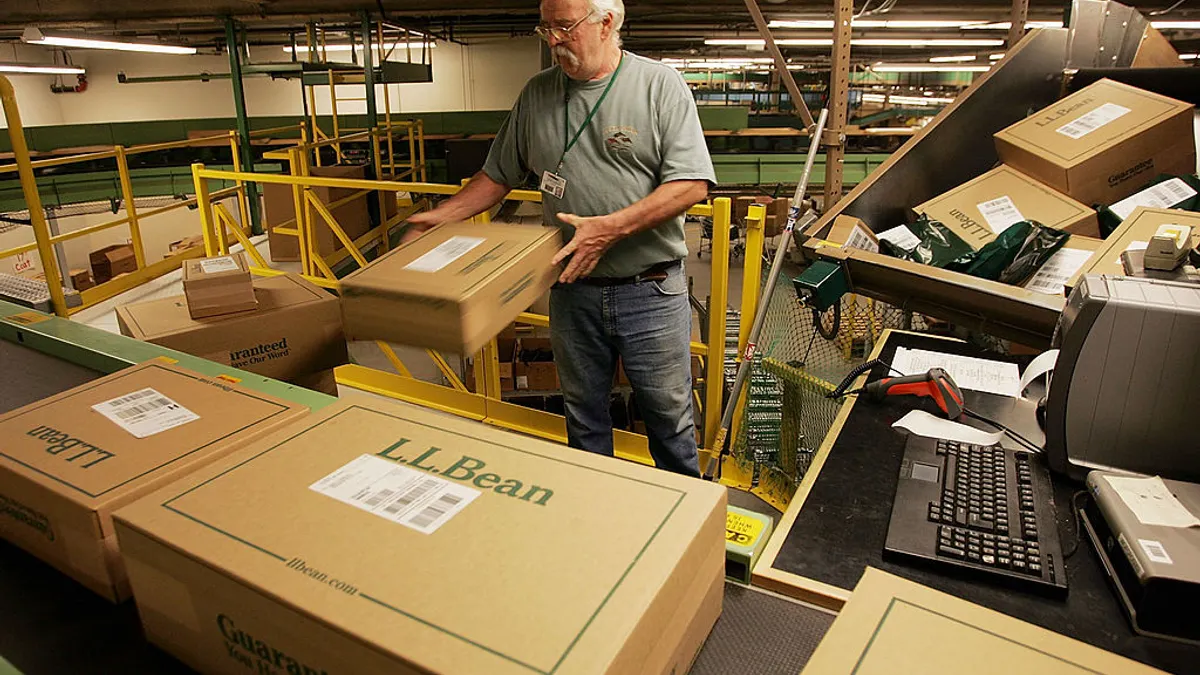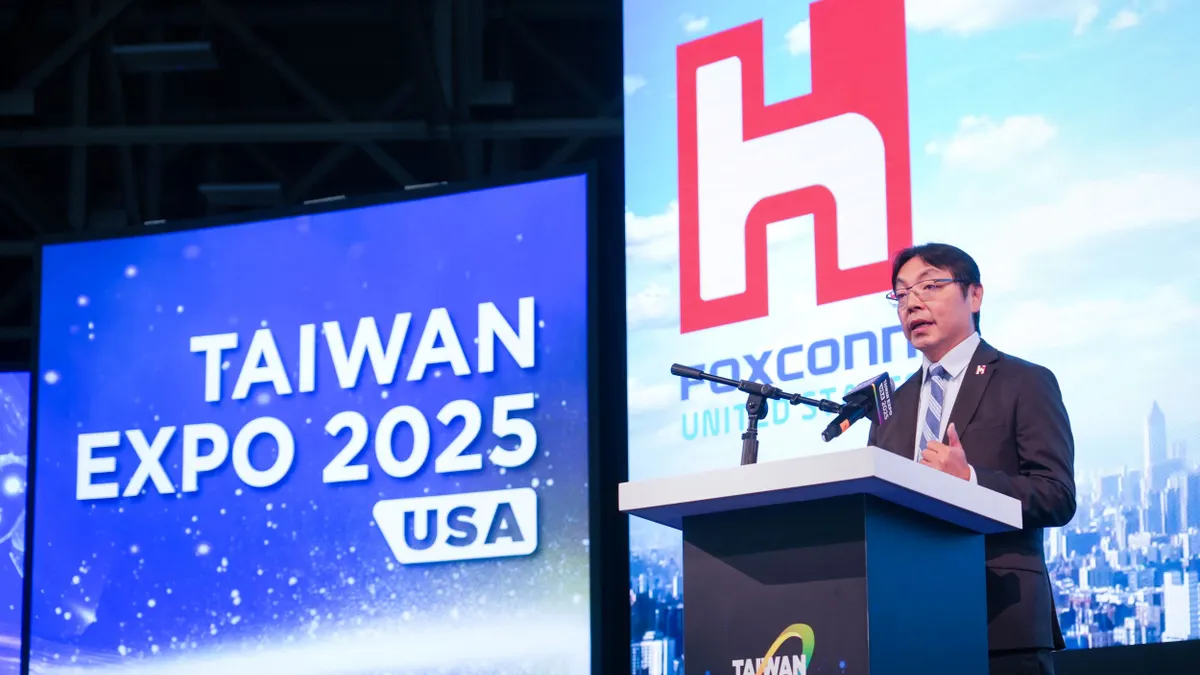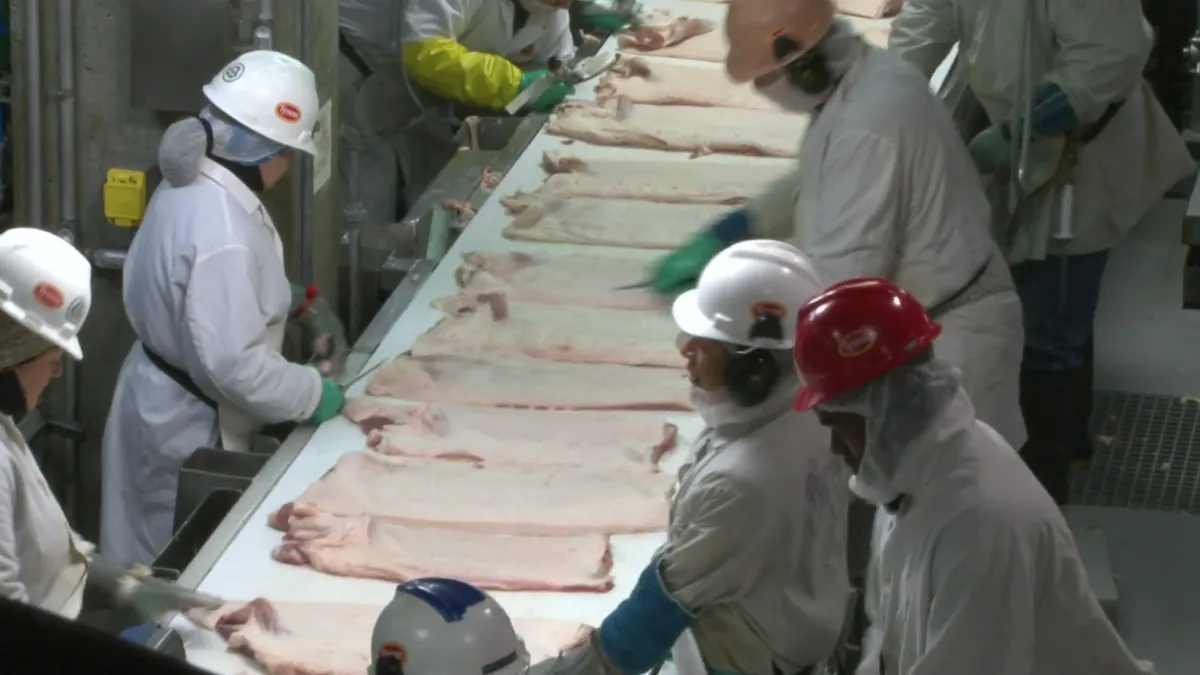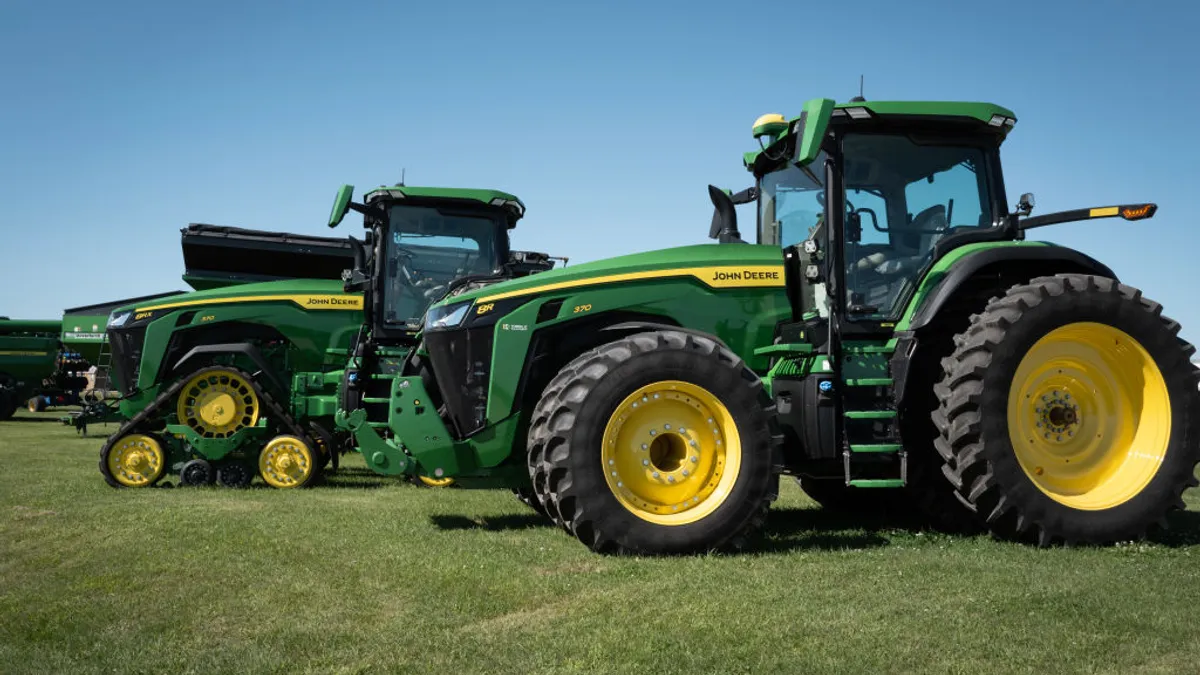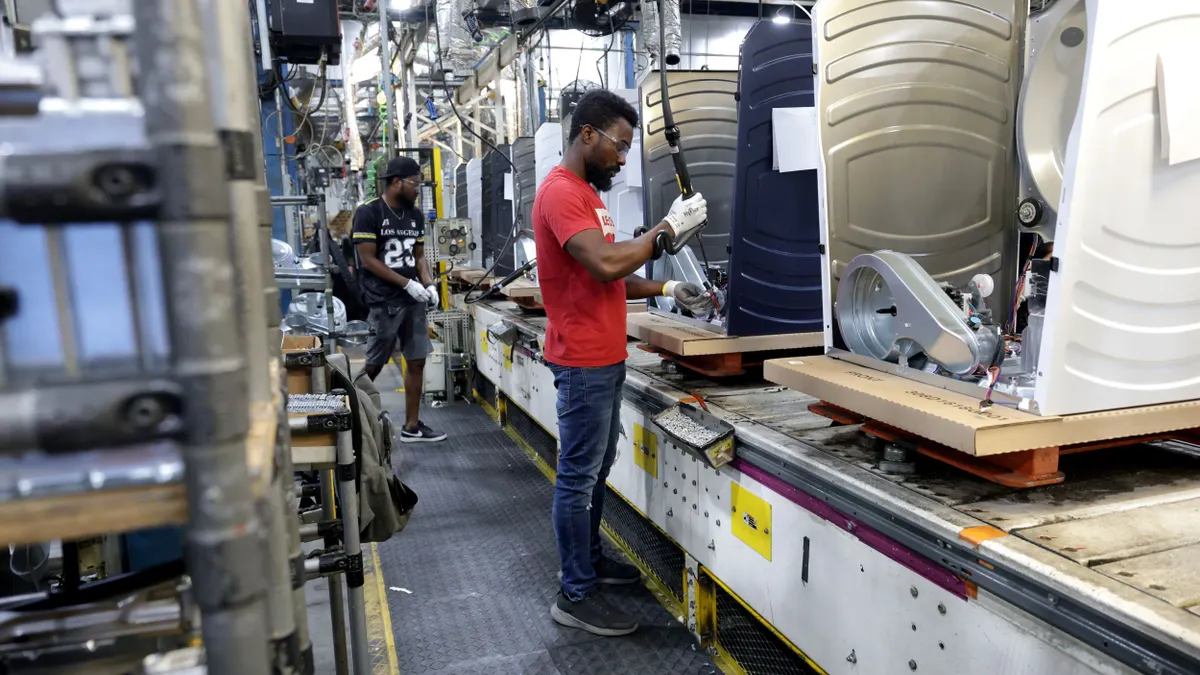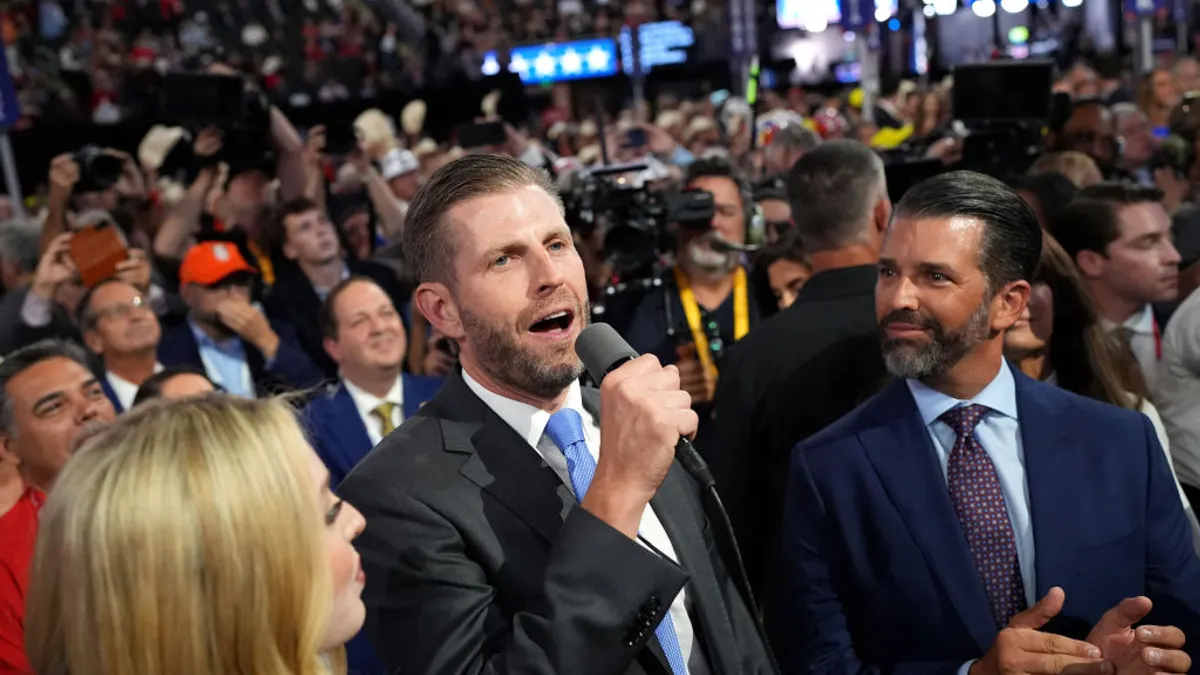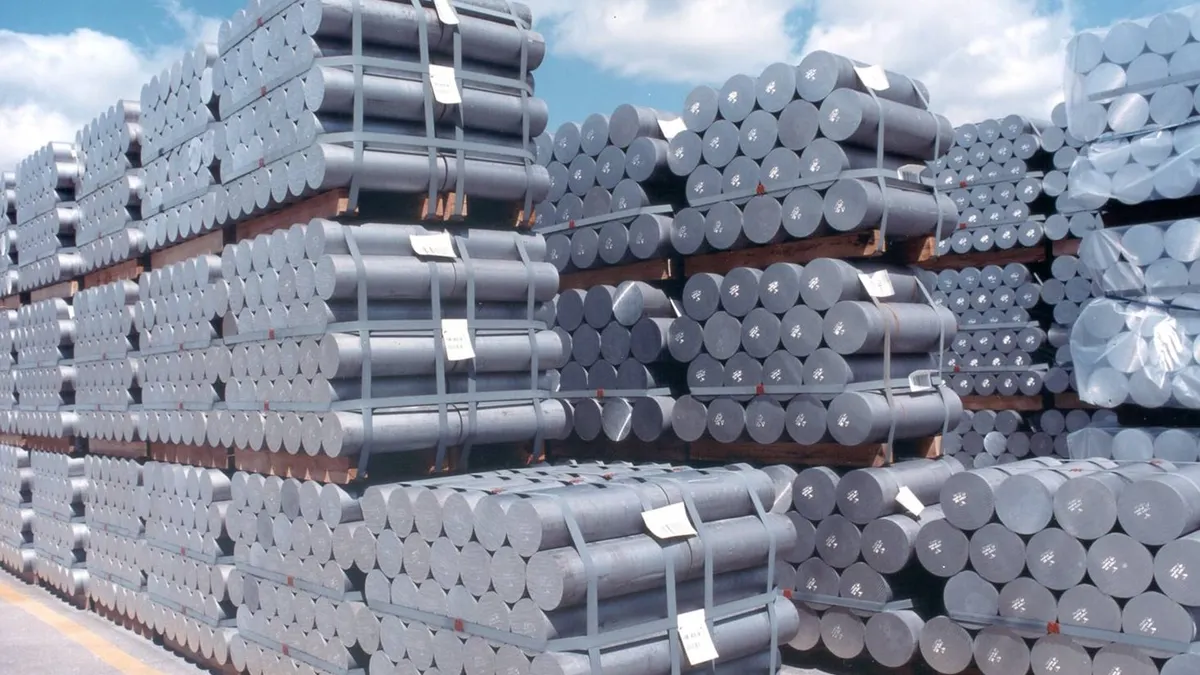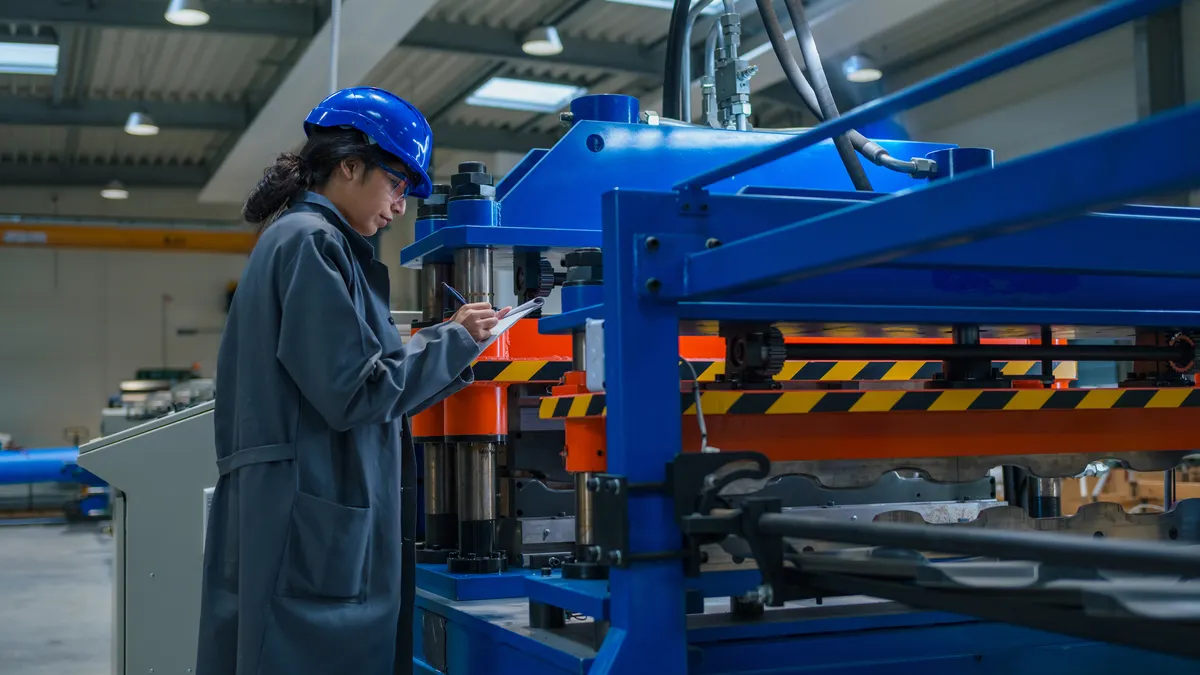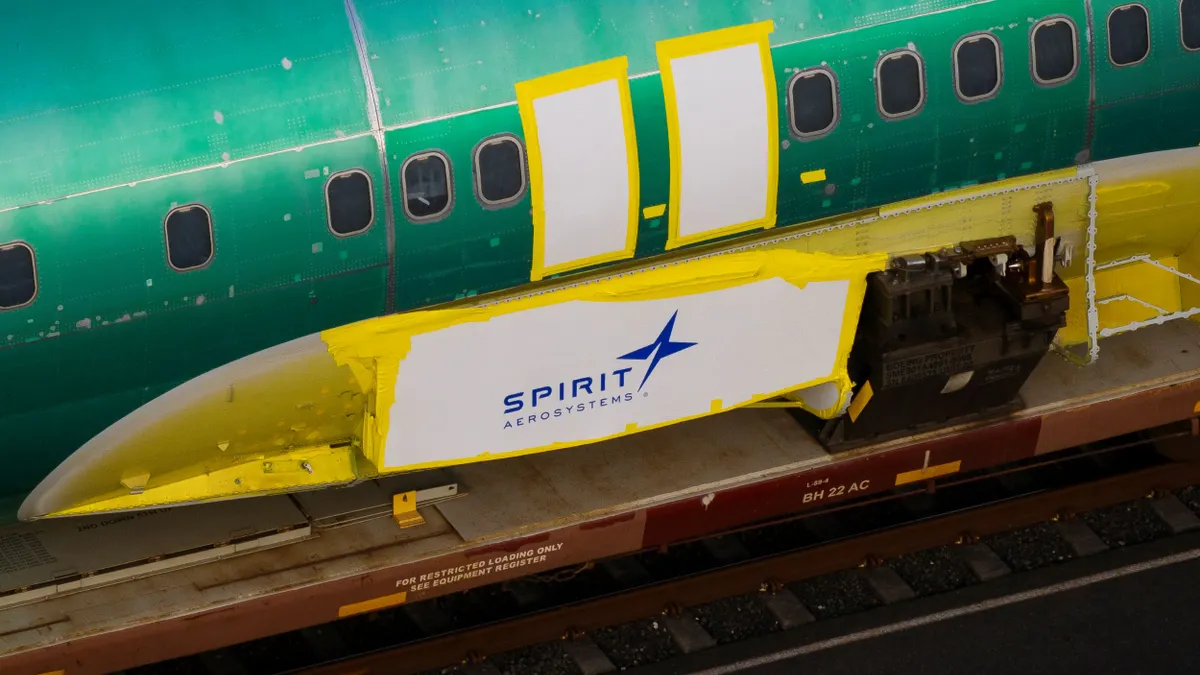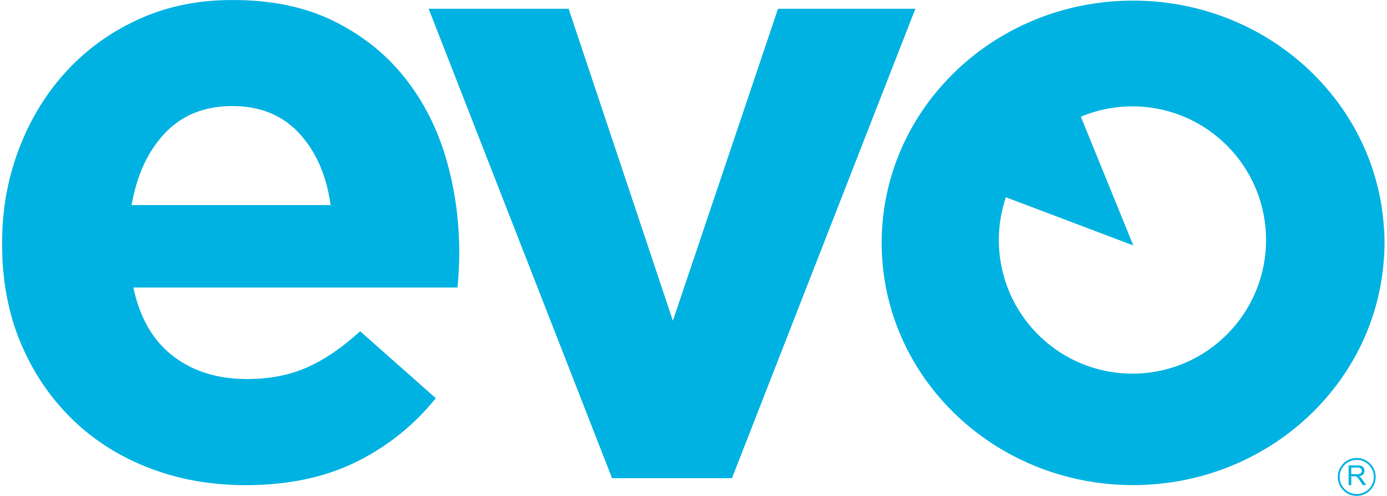Saar Yoskovitz is the CEO and co-founder of industrial AI firm Augury. Views are the author’s own.
The conversation around the future of manufacturing in the U.S. and other developed countries is at a contentious fever pitch. Some paint an idyllic picture — a flood of American-made goods and millions of new, high-paying and rewarding jobs protected by trade barriers and accessible to all.
Others say the tea leaves show a grim future of menial labor or, worse, that the belief in a manufacturing resurgence is naive at best. But what's left out of these conjectures is the reality of what it will take to bring manufacturing back to the U.S. or what that future of manufacturing will look like.
Inherent in the promise of onshoring is the promise of job creation, but that in itself is a challenge. U.S. manufacturing has lost a third of its workforce since its 1979 peak, and filling vacant manufacturing jobs has been a challenge for years.
The Manufacturing Institute reports that 2.8 million workers are aging out of the manufacturing workforce, and over the past 12 months, industrial leaders averaged 500,000 unfilled jobs. The future could be just as bleak: projections show that nearly two million manufacturing jobs will go unfilled over the next decade. All this is happening without factoring in policy-driven pushes to reshore operations, which would drastically increase the number of roles in need of workers.
Though the manufacturing industry in the U.S. is lean, let's not forget that manufacturing is still a $2 trillion industry. According to the National Association of Manufacturers, every dollar spent in U.S. manufacturing generates a total impact of $2.64 on the broader economy, making it one of the most powerful economic multipliers across all industries. And with only an eighth of China's manufacturing workforce, that kind of influence speaks volumes about the innovation and efficiency happening on U.S. soil.
We have a great foundation to build on, forged by some of the world's most innovative manufacturers and tech companies. But we will need a fast and copious influx of modern solutions like artificial intelligence and automation to scale that foundation, as well as an intentional, thoughtful focus on training the next generation of skilled workers.
Still, becoming a truly dominant industrial hub is well within the realm of possibilities. Igniting and accelerating this journey will require further innovation, unlocking immediate capacity and legislative action to foster longer-term investment.
Leaning into a competitive edge: AI
Manufacturers remain hesitant to bring supply chains home. A U.S. Chamber of Commerce poll found that 70% of members plan to maintain or grow their operations in China, citing cost, market size and R&D talent. These organizations fail to factor in the U.S.'s clear edge in another area — AI, a technology built to solve the challenges these businesses say are keeping them overseas.
Upon comparing how China and the U.S. stack up in AI R&D, the 2025 AI Index Report released in April 2025 from the Stanford Institute for Human-Centered AI found that the U.S. still leads China in producing influential AI research and notable AI models. In short, while R&D may be cheaper in China and advancements like Deepseek have narrowed the gap, it still lags behind the U.S. in the quality, scale and maturity of AI development and the research driving it.
What's needed now is to put AI in motion: piloting new tools and putting them into the hands of both experts and novices, each capable of driving transformation on the factory floor.
The first wave of onshoring: shadow factories
The Intel semiconductor factory in Ohio was first announced in 2022 with a target of being operational in 2025. Multiple delays now have the projections to be operational in 2031 or 2032.
It takes years to build a new factory. With tariffs putting more pressure on onshoring now, the timelines just don't line up. New factories alone won't do it. Plus, with so much uncertainty, how do manufacturers protect themselves if the tariffs truly fall away and price pressure from low-cost countries returns?
The answer is shadow factories.
Shadow factories exist as hidden or untapped production capacity within a manufacturer’s current operations — production potential that isn't being fully utilized due to inefficiencies. This potential can be unleashed with AI-driven machine health monitoring and process optimization. The first step in onshoring is unlocking capacity within existing factories.
Recently, an Augury cement manufacturing customer increased their overall equipment effectiveness by 4%. This means that their existing factories spend more time producing goods without any large capital investment. This is equal to two new cement factories that will not be built — a potential $400 million investment that can be avoided, not to mention the environmental impact.
Drastically reducing downtime alone, which costs manufacturers 5% to 20% of productivity and up to $2 million a year, can essentially create another production shift within a factory. For major manufacturers with multiple locations, this can add up to another factory's worth of production.
Forward-thinking Fortune 500 manufacturers have already started to do this by deploying industrial-grade AI that listens to their machines and predicts failures before they trigger costly, unplanned downtime. The result? Fewer 3 a.m. factory calls about plant meltdowns, stronger worker productivity, less waste and up to four times greater throughput.
This kind of AI co-pilot doesn't just optimize — it effectively boosts capacity, reduces raw material waste and maximizes uptime without adding square footage. And it's all happening by bringing intelligence to "dumb" machines like motors, pumps, grinders and fillers — the critical, often-overlooked equipment that does the heavy lifting in modern manufacturing.
Dear Washington: a message from the factory floor
It's encouraging that revitalizing the sector is gaining national attention. But there is much work to be done to actually attract talent to factory floors. A recent study from the Cato Institute found that 80% of Americans think “America would be better off if more Americans [work] in manufacturing than they do today,” but only 23% view factory work more favorably than their current field.
This disconnect underscores why portraying American manufacturing as outdated — while simultaneously calling for more workers — misses the mark. People support the idea of more factory jobs in principle, but most are holding their breath and hoping someone else will answer the call. As we position the U.S. to become the industrial hub of all industrial hubs, the narrative must shift from decline to momentum. To make this shift happen, it's essential that government leaders with strong platforms spotlight the innovation happening here at home and find ways to encourage it.
The development of AI and unlocking shadow factory capacity are going to move forward — the market need exists and is only growing. However, legislators can help speed up onshoring by creating consistent, long-term policies that give manufacturers enough runway so they have the confidence to invest in new factories, knowing they'll see a return when they become operational.
Government-funded support for training programs and organizations working to build a next-generation manufacturing workforce is also key, especially in promoting the kinds of modern, high-tech careers today's industry needs to fill.
Maybe once they see that U.S. industrial workers are now equipped with AI, AR and advanced materials tech, more Gen Z workers will be inspired to suit up in safety vests, goggles and steel-toe boots.


